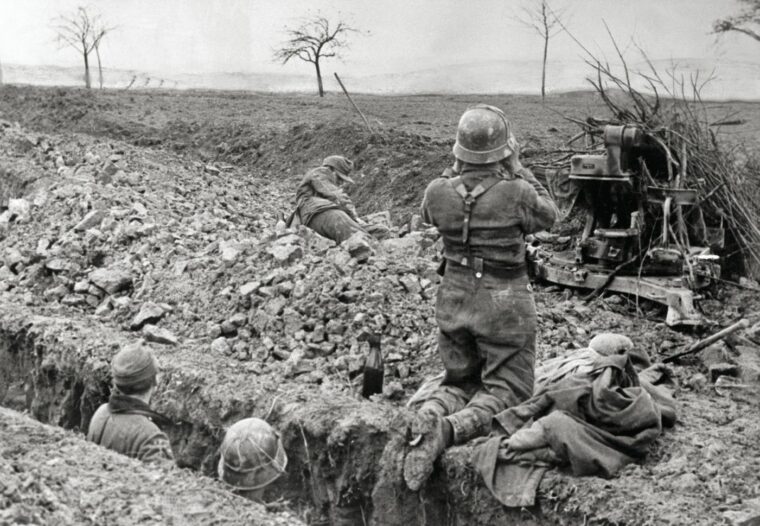
U.S. Third Army
The Saar Offensive: Patton Breaks Through the Western Wall
By William E. WelshThe portion of the Siegfried Line guarding the Saar industrial region of Germany proved a sinister gateway into western Germany for Lt. Read more
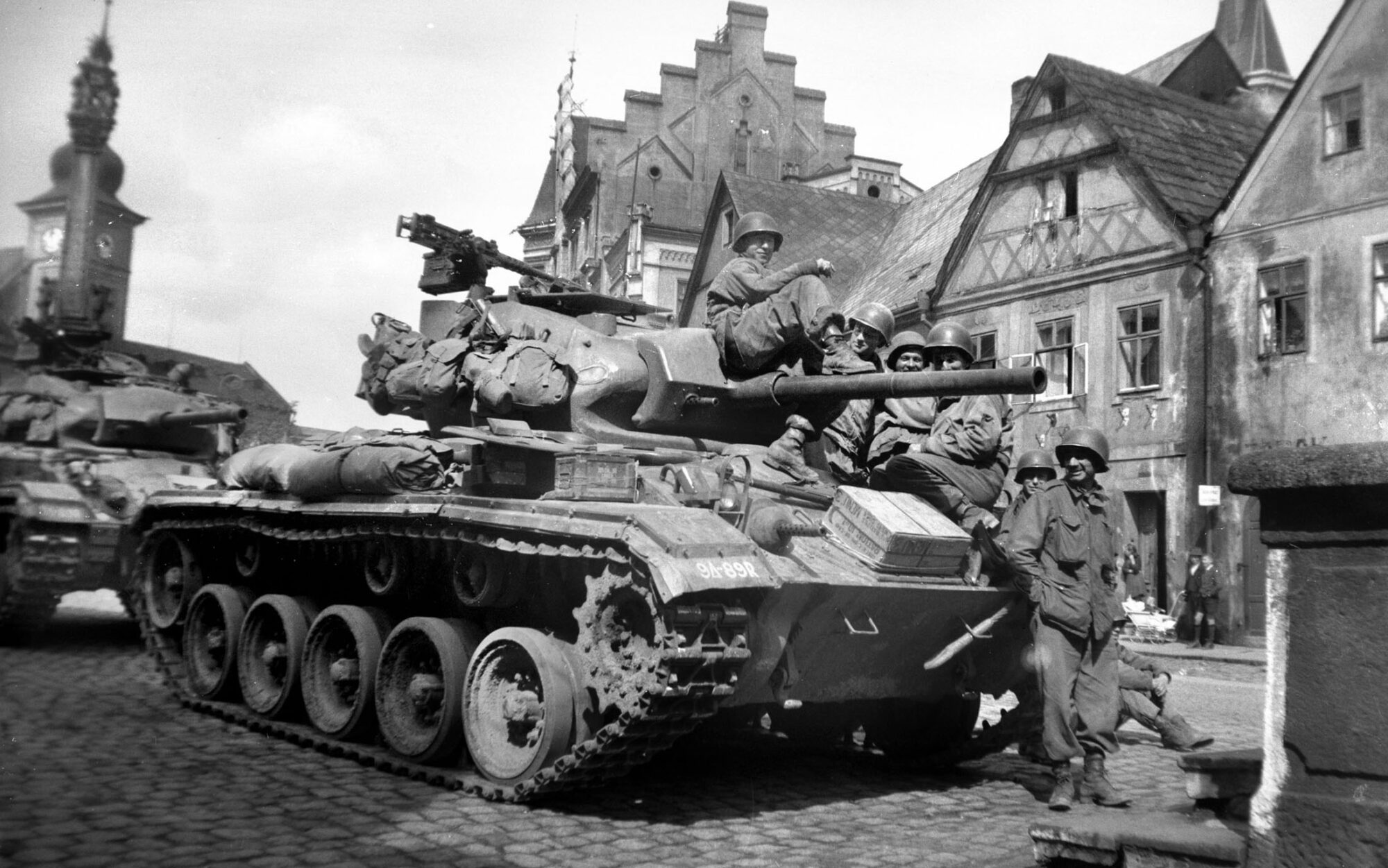
The U.S. Third Army gained fame during World War II while under the command of Lt. Gen. George S. Patton, Jr. Deployed to the Western Front in the summer of 1944, Third Army executed an impressive offensive drive across France, and during the Battle of the Bulge that winter elements of Third Army disengaged from an existing fight, pivoted northward, and relieved the besieged garrison at the Belgian crossroads town of Bastogne.

U.S. Third Army
The portion of the Siegfried Line guarding the Saar industrial region of Germany proved a sinister gateway into western Germany for Lt. Read more
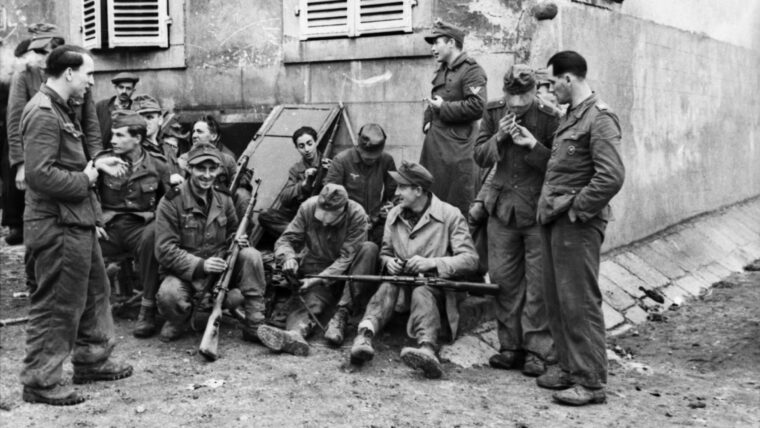
U.S. Third Army
Lieutenant General George S. Patton, Jr., the commander of the newly constituted U.S. Third Army, had one simple order that late summer of 1944: “Go east and go like Hell.” Read more
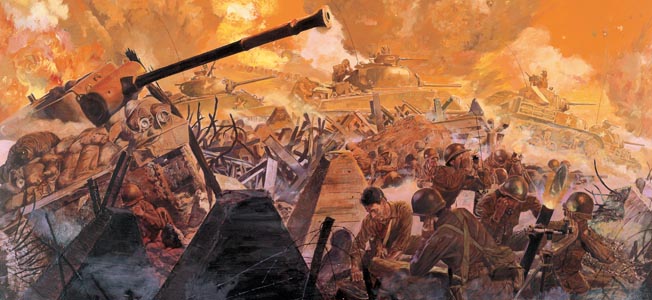
U.S. Third Army
The road to Fort Driant began for the United States Third Army when it landed on Utah Beach at 3 pm on August 5, 1944. Read more
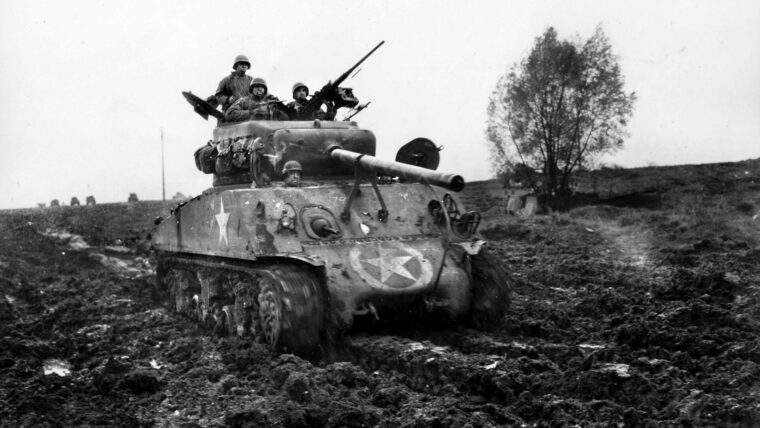
U.S. Third Army
In the Academy Award-winning film Patton, the setting was all wrong when actor George C. Scott delivered General George S. Read more
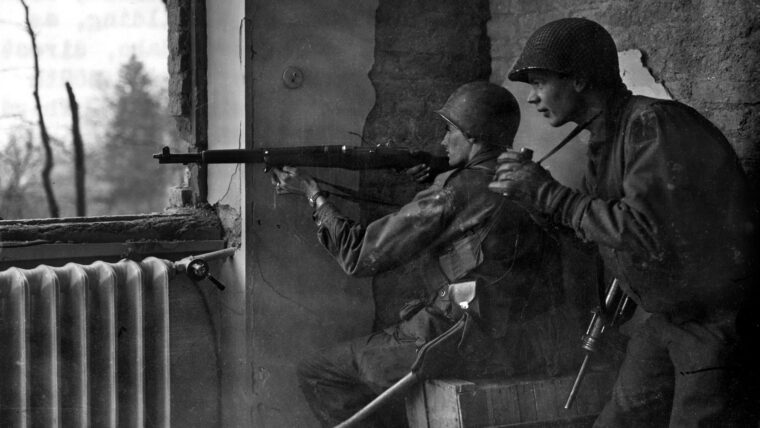
U.S. Third Army
Lieutenant General Omar Bradley, commander of the U.S. First Army, considered his 90th Infantry Division a problem unit. Read more
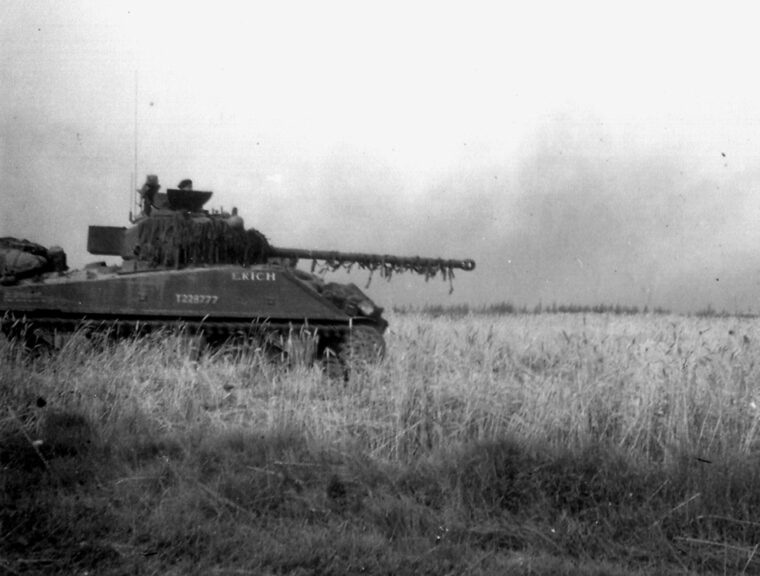
U.S. Third Army
For the Allied tankers and infantrymen of the American, British, Canadian, and Free French armies battling German Panther and Tiger tanks in Normandy in the summer of 1944, the Sherman tank’s failures were glaringly evident as their own shells bounced off the hulls of the Nazi armor and they were themselves destroyed at a far greater range by the powerful German tanks. Read more
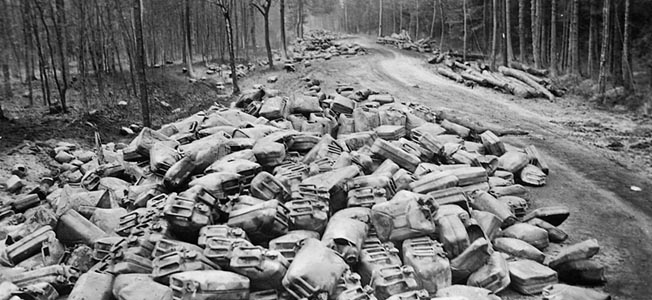
U.S. Third Army
By Michael D. Hull
August 1944 saw a rosy mood of optimism and self-deception sweep through the Allied high command in France as a result of the sudden, dramatic end to the campaign in Normandy. Read more
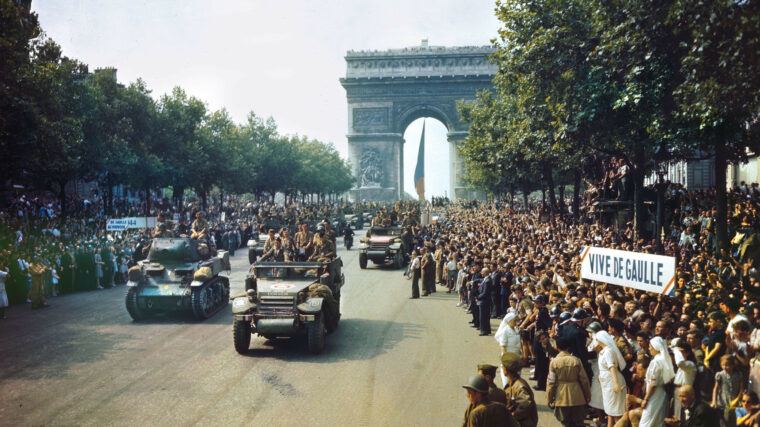
U.S. Third Army
After the humiliating fall of France in June 1940, two impassioned patriots—a general and an infantry captain—refused to accept defeat and determined, against all odds, to exact retribution from the German invaders. Read more
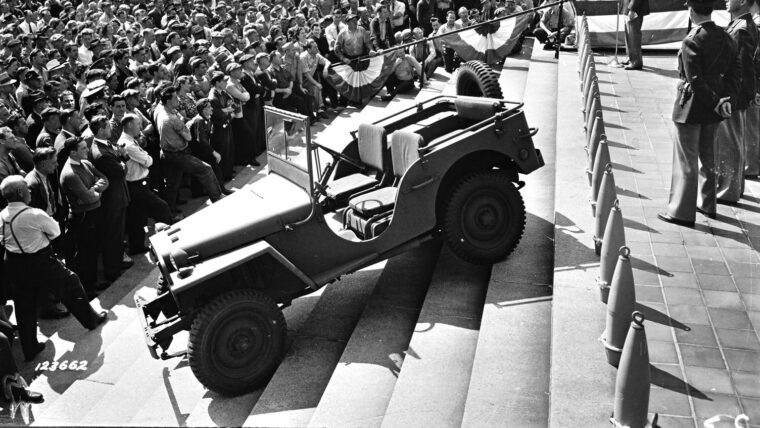
U.S. Third Army
General of the Army George C. Marshall called it America’s greatest contribution to modern warfare. General Dwight D. Read more
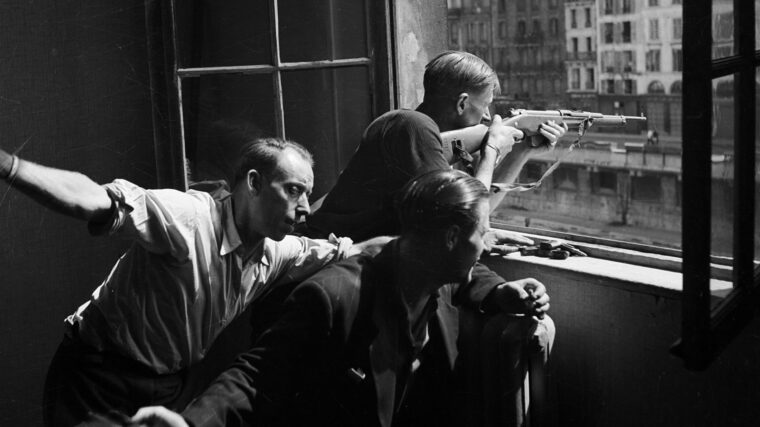
U.S. Third Army
By the late summer of 1944, the Third Reich was almost surrounded. Two years earlier Adolf Hitler had ground 10 European countries under his heel along with vast expanses of North Africa and Soviet Russia. Read more
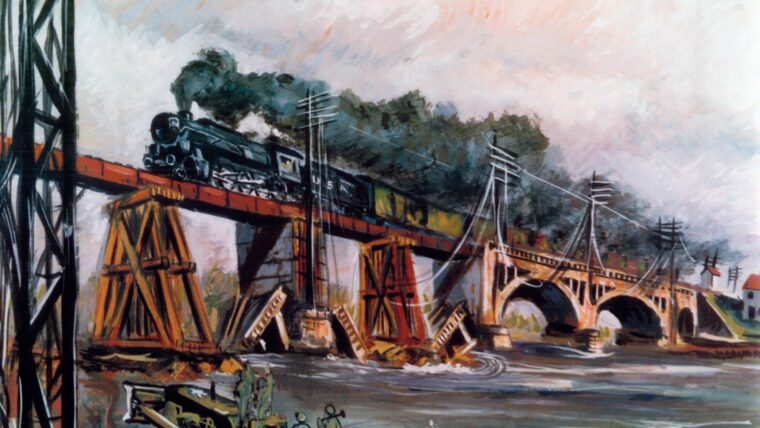
U.S. Third Army
Historian Christian Wolmar concludes that the two world wars could not have been fought to such devastation without military railways, in his book Engines of War. Read more
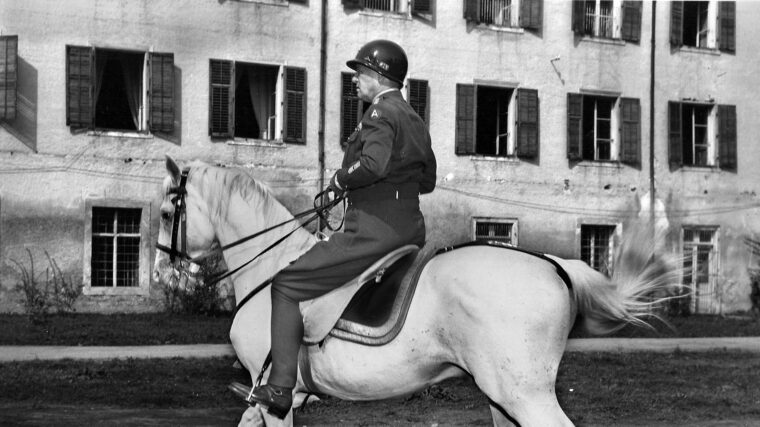
U.S. Third Army
The October light was beginning to fade as the U.S. Army limousine sped along the autobahn in the American Zone of Occupied Germany. Read more
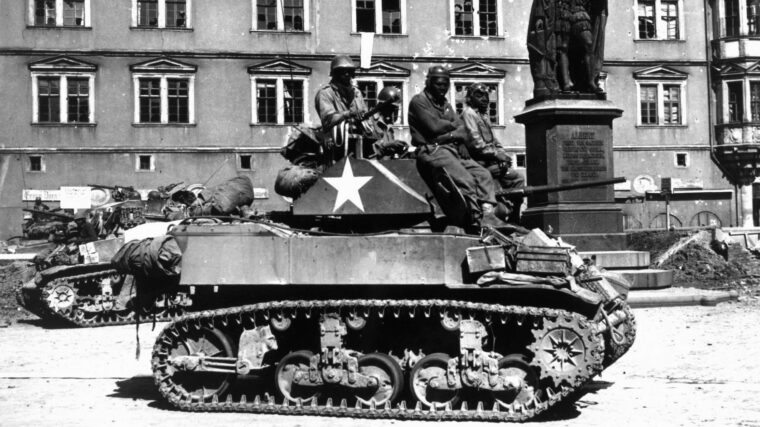
U.S. Third Army
On July 26, 1948, President Harry Truman issued Executive Order No. 9981, which stated in part, “It is hereby declared to be the policy of the President that there shall be equality of treatment and opportunity for all persons in the armed services without regard to race, color, religion, or national origin.” Read more
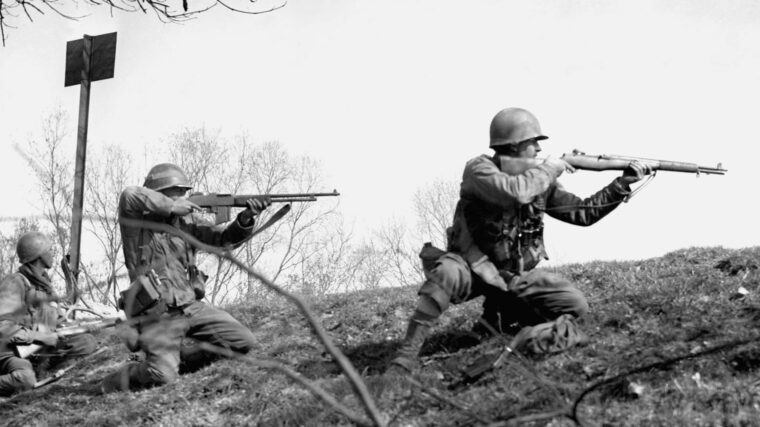
U.S. Third Army
By early 1945, less than a year before General George S. Patton’s mysterious death, Adolf Hitler’s armies were almost exhausted. Read more
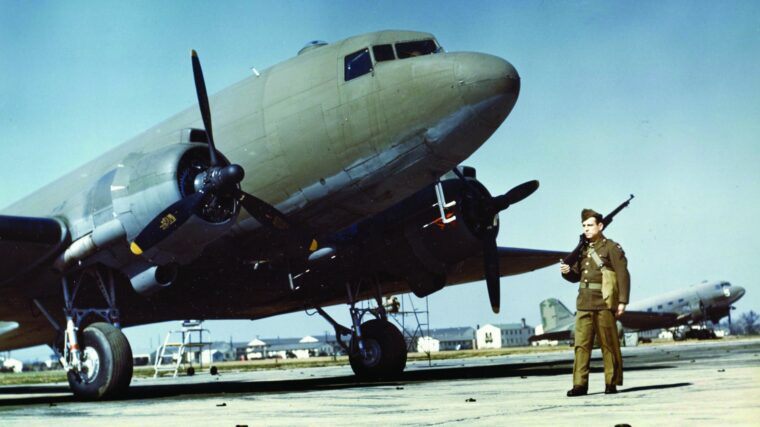
U.S. Third Army
Even though, technically at least, it was not a combat airplane, the performance of the Douglas C-47 transport led General of the Army Dwight Eisenhower to label it as one of the most important weapons of World War II. Read more
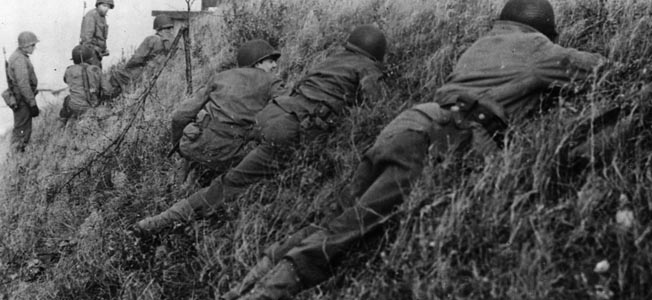
U.S. Third Army
Although the U.S. First Army had already captured an intact bridge over the river at Remagen, there was still a rivalry between Patton and British Field Marshal Bernard Montgomery to cross next. Read more
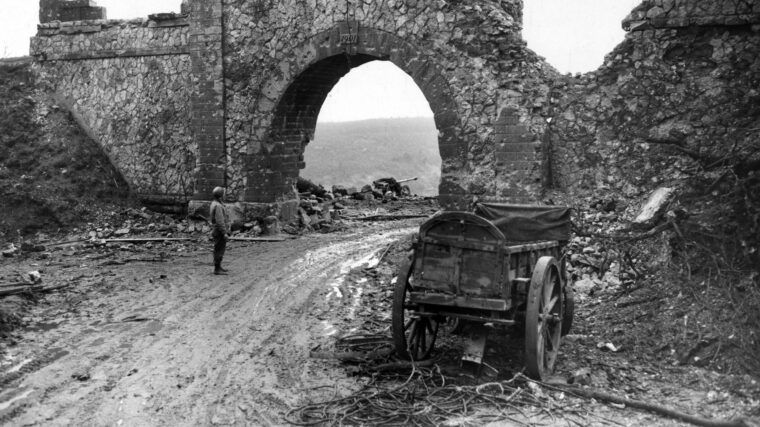
U.S. Third Army
Before retreating from Fort Driant, Private Tom Tucker lit the fuse on 6,000 pounds of explosives. “We pulled the fuse lighter and took off,” recalled Tucker. Read more
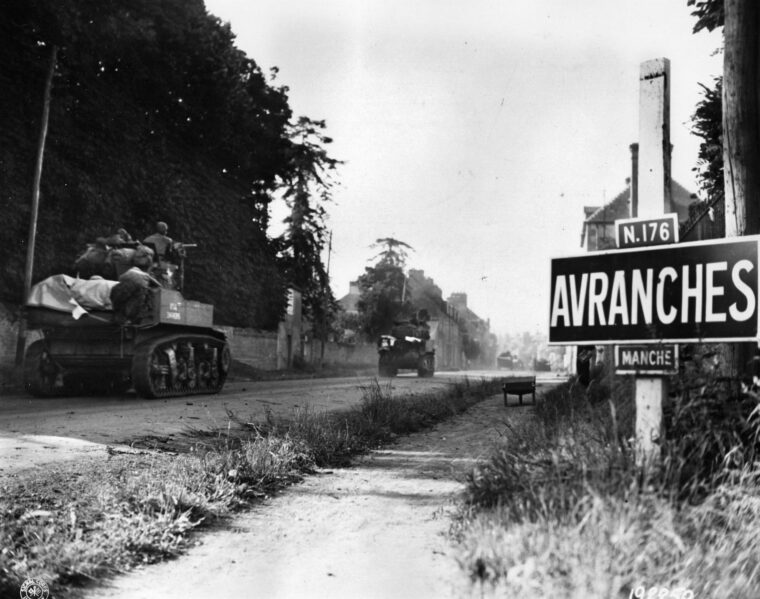
U.S. Third Army
Lieutenant General Omar Bradley had reason to be pleased by the last week of July 1944. His First Army had scratched out a substantial foothold on the Normandy coast, capturing three times more French territory than his British allies. Read more
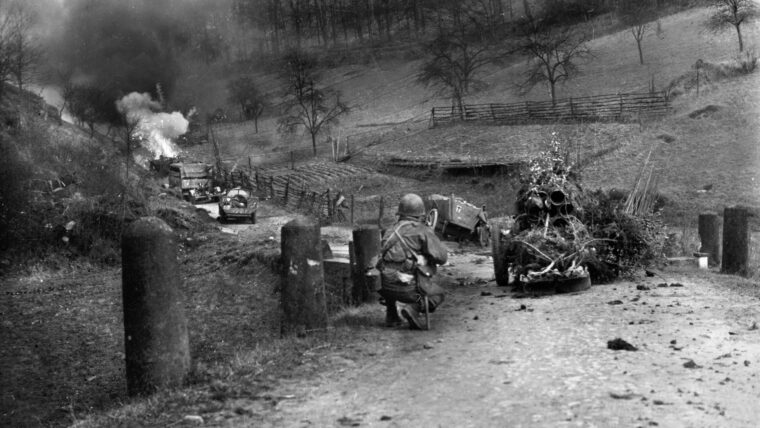
U.S. Third Army
On September 5, 1944, American intelligence estimates of German forces in the sector of the 80th Infantry Division, between Nancy and Metz in northeastern France, described scattered units and limited defenses along the east bank of the Moselle River. Read more
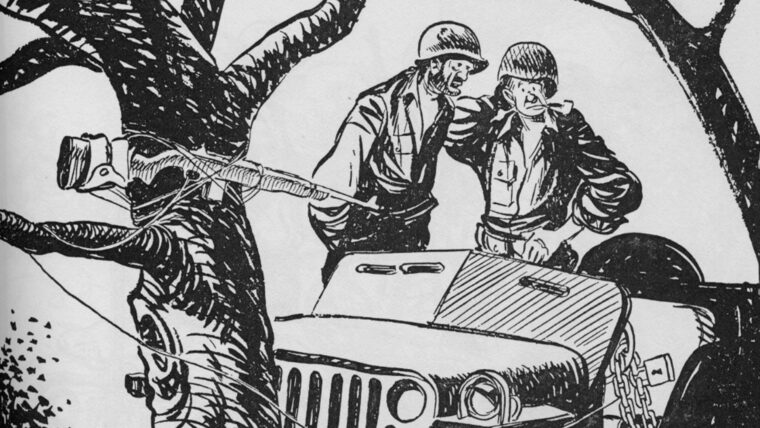
U.S. Third Army
Among the thousands of American soldiers slogging through the miserable winter of 1944 in southern Italy after the Allied landing at Anzio were two GIs who existed only on paper, but who became as real to their readers as the mud-covered, K-ration-eating guys sitting next to them in their foxholes. Read more